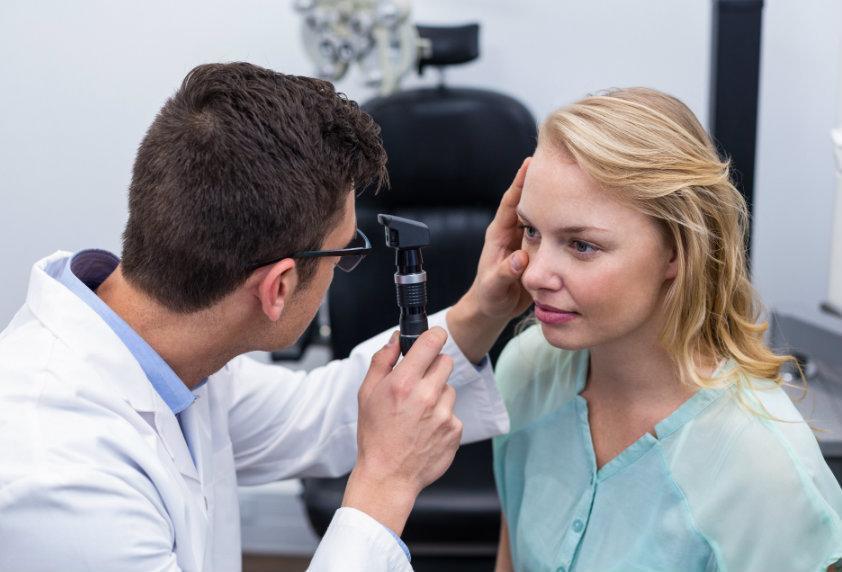Dry eye disease is a common problem that affects millions of people. It's caused by a lack of water in the eyes, which can lead to irritation, pain, and even blindness. There are many different types of dry eye disease, but the most common is called dry eye syndrome.
Dry eye syndrome is a condition that affects both men and women equally, and it can be caused by any number of factors, including age, genetics, environmental factors (like smoke), and medication use. You can navigate to this site to find the best doctors for dry eye therapy.

Image Source:- Google
There are many symptoms of dry eye disease, but some of the most common include difficulty seeing in bright light and fatigue. Other symptoms can include a decrease in tear production, redness, and itchiness. If you experience any of these symptoms, it's important to see your doctor to determine if you have dry eye disease and to start treatment.
There is no one-size-fits-all approach to treating dry eye disease, as the severity of the condition and the individual’s specific symptoms will vary. However, there are some basic steps that can be taken to help treat the condition and prevent it from worsening.
The first step is to identify the cause of the dry eye. This may involve a review of the patient’s history and examining their eyes for any signs or symptoms indicative of dry eye. If dry eye is caused by an underlying condition such as eyelid or systemic disease, treatment for that condition will also likely improve symptoms.
Once the cause of dry eye has been identified, treatments can begin. Prescription medications such as cyclosporine (Neoral) and azithromycin (Zithromax) are often used to treat dry eyes due to their ability to reduce inflammation and restore moisture levels in the eyes.
